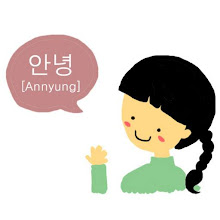 댄 씨가 지금 음악을 듣고 있어요.
댄 씨가 지금 음악을 듣고 있어요.Dane is listening to music now.
민우 씨가 지금 집에 가고 있어요.
Minu is going home now.
어제 친구가 웨슬리 씨한테 전화했어요.
그때 웨슬리 씨는 자고 있었어요.
Yesterday, a friend called Wesley on the phone.
Wesley was sleeping at that time.
Usage:
This pattern expresses the progression or continuation of an action and is the equivalent of ‘-ing’ in English. It is formed by adding 고 있다 to the stems of verbs. To express the continuation of an action that occurred sometime in the past, -고 있었다 is used.

Conversation:
A: 왕징 씨, 지금 시장에 같이 가요. Wang Jing, let’s go to the market together.
B: 미안해요, 지금 숙제를 하고 있어요. I’m sorry, but I’m doing my homework right now.
A: 왜 아까 전화를 안 받았어요? Why didn’t you answer the phone a while ago?
B: 샤워하고 있었어요. I was taking a shower.
A: 지금 어디에서 살고 있어요? Where are you living now?
B: 서울에서 살고 있어요. I’m living in Seoul.
To express that an action simply occurred in the past, the simple past form -았/었어요 is used.
A 어제 뭐했어요? What did you do yesterday?
B 집에서 쉬고 있었어요. (X)
->집에서 쉬었어요. (〇)
I relaxed at home.
>> Full of 'Korean grammar in use - Beginner': Click here
>> Fanpage: Say Hi Korean



.jpg)





0 comments: